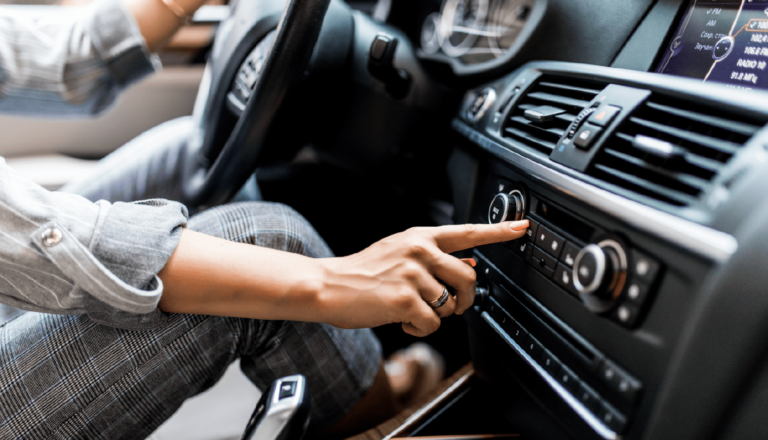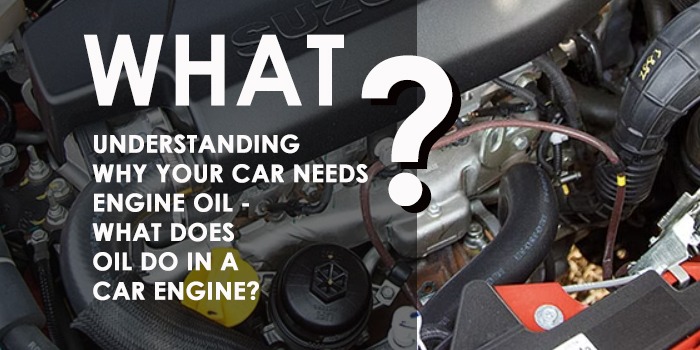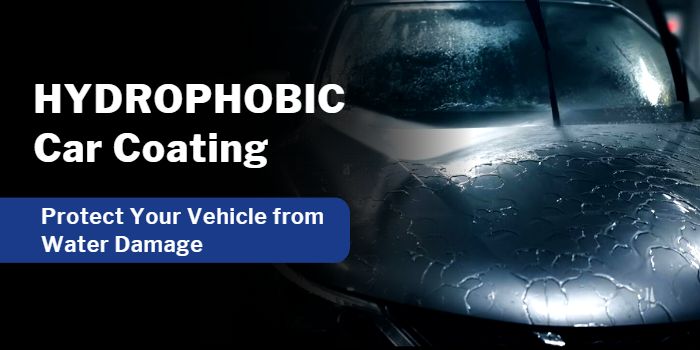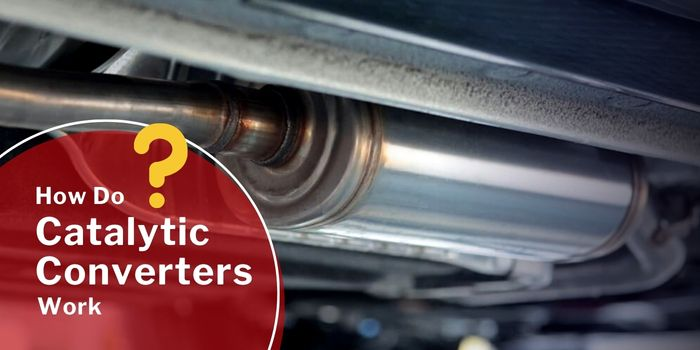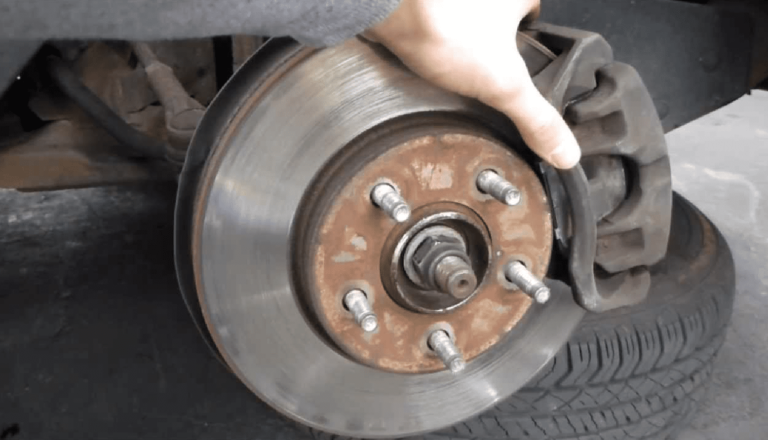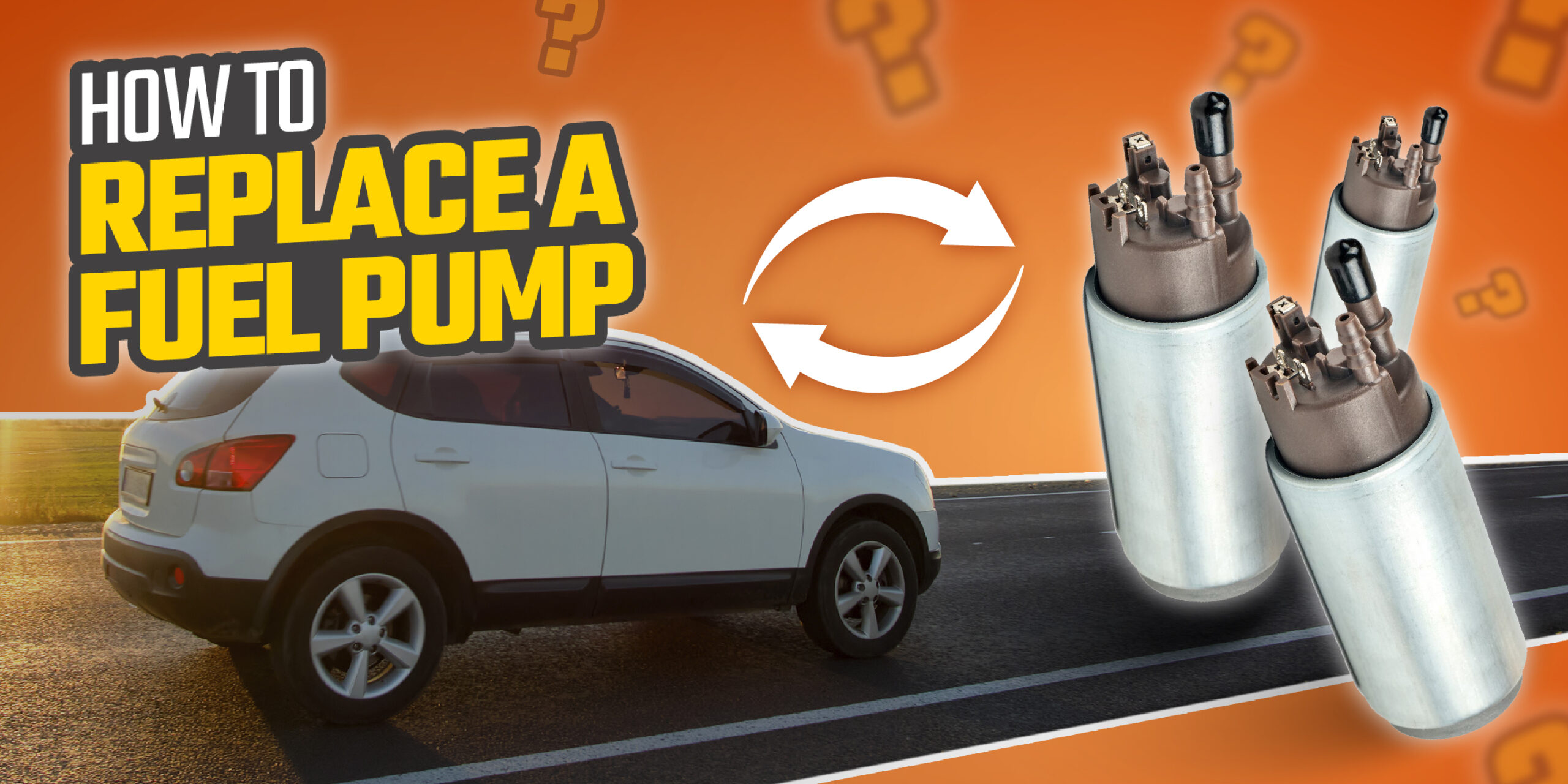
A fuel pump is the lifeline of your engine, transferring petrol/diesel from the fuel tank to the engine’s cylinders and combustion chamber to develop adequate power. While fuel pumps are extremely reliable, they will have to be known to develop issues over time requiring replacement. So, if you are faced with starting trouble or a stalling engine, it’s a good idea to learn how to replace a fuel pump. Read this blog for all the information on fuel pump replacement, if you want to keep your engine running in great condition.
What is a Fuel Pump?
A fuel pump is a small mechanical/electrical device that’s responsible for sucking fuel from the fuel tank and delivering it to the engine’s cylinders under pressure. There are two types of fuel pumps used in internal combustion engines:
Mechanical Fuel Pump
Most often found in older vehicles, fuel pumps are mechanical and powered by the engine crankshaft through a series of gears connected to the camshaft. As the engine rotates, the fuel pump opens and closes a lever/diaphragm creating a pumping action. The pressure draws fuel from the tank & supplies it to the carburettor or fuel injectors.
Electric Fuel Pump
All modern vehicles now come with an electronic fuel pump controlled by the ECU and powered by the vehicle’s electrical system. It is located in the fuel tank or near the engine & has an electric motor to create fuel pressure, transferring petrol or diesel from the tank to the combustion chamber via fuel lines.
Common components in a fuel pump include the following:
Inlet & Outlet Fuel Pipes:
The inlet pipe runs from the fuel tank to the pump. The outlet pipe connects the pump to the engine. These fuel lines should be airtight to create the necessary fuel pressure.
Check Valve:
It maintains the fuel pressure during engine start-up, preventing fuel from draining back into the tank in the reverse direction.
Fuel Filter:
Has a paper/ synthetic filter with fine metal mesh to drain out any dust, dirt or debris. These contaminants may enter the combustion chambers from the fuel tank and cause damage.
How Does a Fuel Pump Work?
When you turn on the ignition, you often hear an electric or mechanical whirring sound as the pump gets ready to supply fuel to the engine. The required electric current is sent to the pump to activate it when the ignition is switched on. In the case of a mechanical pump, it starts to spin under the power of the engine and immediately shoots fuel into the cylinders to begin the combustion process.
The pressurised fuel is sent into the fuel injectors or carburettor, which is then sprayed into the combustion chamber to be ignited by the sparkplug.
Any excess fuel is returned to the tank through return pipes to maintain optimum pressure. The fuel pump is also saved from getting overloaded.
The fuel pump’s primary role is maintaining a continuous flow of pressurised fuel from the tank to the engine. This allows for proper combustion and adequate power. The type of fuel pump and location in the vehicle may differ with different car models. However, their fundamental function to provide fuel to the engine remains crucial for efficient engine operation.
How Do I Know When My Fuel Pump Needs Replacement?
Look out for these common indications of a faulty fuel pump. They may include the following symptoms:
Hard Starting
If your engine is not willing to start easily (cranking, but not firing up), then it’s likely that fuel is not being supplied to the cylinders properly. A fuel pump that’s failing will not provide sufficient fuel to the cylinders.
Engine Stalling
Sudden stalls while driving, hesitation under accelerating & jerky engine operation can be caused by a faulty fuel pump. As the fuel flow is inconsistent, the engine is not able to develop full power and may struggle to operate smoothly.
Poor Performance
A faulty fuel pump will not allow the engine to attain top speed and it may accelerate slowly through the gears. A notable reduction in engine performance, jerky ride or misfiring of the cylinders may indicate a failing fuel pump due to insufficient fuel delivery.
Unusual Sounds
A loud clicking from the engine or fuel tank and whining and humming may suggest the fuel pump is under strain or overloaded. Changes in noise levels should be addressed promptly to prevent the engine from stalling on the road.
Decrease in Fuel Efficiency
When the fuel pump is not working properly, it will not provide full fuel pressure for the engine. The fuel injectors will not be able to atomise fuel efficiently, leading to incomplete combustion and excessive fuel consumption. The driver will simply step on the accelerator without any response from the engine.
Engine Overheating
Improper fuel delivery will cause the engine to run a lean mixture (meaning less fuel and more air). This causes overheating in the engine block which could damage engine components in the long run. Keep an eye on the engine temperature gauge.
Dashboard Warning Light
Modern engine ECUs have an engine check light indicator whenever there is a fault during vehicle operation. The fuel pump will send a signal to the ECU and alert the driver that it needs a service soon. This feature is not available on all car models, so check your service manual if you have this option on your car.
Loss of Power While Climbing
Driving up a steep incline like a hill may result in your vehicle struggling if the fuel pump is faulty. As the engine demands more fuel, it may cause the fuel pump to malfunction if there is a problem with it.
If you observe any of the symptoms related to fuel pump problems, then have your vehicle inspected by a professional mechanic or carry out the necessary diagnostic procedures to address any fuel pump issues. Early detection based on these indications will ensure reliable performance from your vehicle. Consider using a high-quality fuel system cleaner product to keep your fuel pump in perfect working condition. They are available for diesel engines as well. These products add a bit of lubrication and remove dust and dirt from fuel lines, pumps, injectors and valves for efficient combustion.
Step-by-Step Guide to Replace Your Fuel Pump
Park your vehicle on a level surface. Make sure the engine is cool and disconnect the battery terminals to prevent electrical mishaps.
- Locate the fuel pump. It could be near the engine or in the fuel tank. Remove the fuel pump fuse or relay in the fuse box. Refer to your vehicle service manual for the exact location of the components.
- You may have to remove the rear seat to access the fuel tank. In some cars, the fuel tank can be accessed from underneath the car. Use a jack to lift the car and carefully disconnect all fuel lines, hoses and pipes that run from the fuel tank to the engine. Remove the fuel tank and drain all fuel from it.
- If the fuel pump is outside the fuel tank, you can directly access it and don’t have to deal with removing the fuel tank.
- Disconnect all electrical wires and connectors that are associated with the fuel pump.
- Remove the old fuel pump and all related attachments such as the fuel filter. Any auxiliary parts and connectors can be reused for the new fuel pump.
- Insert the new fuel pump and reconnect all fuel lines, hoses and fuel filters. Secure the components in place with all the required clips and screws.
- Reconnect the car battery and start the engine. Check for leaks or unusual noises from the fuel pump and fuel lines. Take the vehicle for a short test drive to ensure proper engine operation.
Conclusion
A well-functioning fuel pump is crucial for proper engine operation, performance and fuel efficiency. By following the steps in the blog, you can take proactive steps to maintain and enhance your car’s reliability and contribute to the long life of your vehicle. With a new fuel pump in place, you can drive with confidence knowing your trusty car will never let you down.
For more amazing articles and automotive how-to guides, visit the Carorbis Blog. Here you will find the latest car and bike news, comparisons, automotive accessory reviews and maintenance tips for your vehicle.
Frequently Asked Questions
Q1. How to Replace a Fuel Pump?
Ans. Disconnect the car battery and locate the fuel pump near the engine block or in the fuel tank. Remove the fuel tank if needed and disconnect all fuel lines, electric connections and old fuel pump. Reinstall the new pump and connect all the components back. Reconnect the battery and start the engine, go for a short test drive to make sure the fuel pump is going fine.
Q2. Can You Replace a Fuel Pump Yourself?
Ans. Replacing the fuel pump is a tricky job, but it can be done if you have the right equipment and knowledge. Since it may involve removing the fuel tank and disconnecting the fuel lines, pay attention to any leaks that may occur if done incorrectly. Your service manual should have some advice on how to access each component related to the fuel pump replacement and the specifications of parts that need to be replaced. If you feel uncomfortable with any step, seek professional help from a mechanic or service centre to prevent any possible complications.
Q3. How to Fix a Fuel Pump Without Replacing It?
Ans. Replacement of the fuel pump may not always be necessary. Check the fuel pump fuse and relays and verify that the fuel pump is receiving power using a multimeter. Examine wiring connections and signs of damage on the insulators. Repair or replace damaged components. Sometimes contaminated fuel can cause the fuel pump to get blocked with dirt and debris. Drain the fuel tank and replace it with fresh, clean fuel. Test fuel pressure to check if the injectors are getting adequate fuel supply. The fuel tank should also have a free ventilation hose for pressure to develop in the fuel pump. Rule out all these issues before replacing your fuel pump.
Q4. What Are Signs of a Faulty Fuel Pump?
Ans. The engine will hesitate to start or stall while driving (you may have a jerky drive as the fuel supply is inconsistent). Faulty fuel pumps may also result in poor acceleration or inability to reach high speeds, with the engine dropping rpms and power waning. Fuel efficiency may also decrease due to excessive fuel consumption. Listen for humming or whirring noises from the fuel tank which may indicate that the fuel pump is struggling to work. If you notice these symptoms, conduct an inspection and replace the fuel pump if necessary.
Q5. How Often Should I Replace the Fuel Pump?
Ans. The lifespan of the fuel pump is usually 50,000 km – 100,000 km but this range may vary depending on vehicle model and driving conditions. Regular maintenance of your vehicle while using good-quality fuel will keep the fuel pump in top condition. Always keep your fuel tank at least half full to prevent premature damage to the fuel pump.
Q6. Is the Fuel Filter or Fuel Pump Giving Issues?
Ans. A clogged fuel filter sometimes has symptoms of a faulty fuel pump. You may have trouble starting and poor engine performance when the fuel filter is restricting fuel flow to the engine. Replace the fuel filter first to resolve the symptoms as it may get your engine running again.
Q7. How Do I Increase the Lifespan of My Fuel Pump?
Ans. Replace the fuel filter at every alternate service to prevent clogs in the fuel lines and use high-quality fuel to avoid contamination, dust and debris in the fuel tank. Keep the fuel level at least half full and avoid running a vehicle with a near-empty tank as this may put excessive load on the fuel pump. The fuel pump relies on lubrication from the fuel flowing through it, so running on an empty tank will cause it to overheat and fail. Also, avoid aggressive acceleration to reduce strain on the fuel pump.
Q8. Is It Normal if the Fuel Pump Makes Noise?
Ans. Fuel pumps make a soft humming or whirring noise as they have to provide fuel pressure for the engine. It’s normal to hear these sounds while the engine is running. If you hear a loud clicking or high-pitched sound from the fuel pump, it could indicate a potential problem that you need to address before starting your daily drive.
